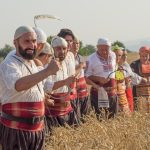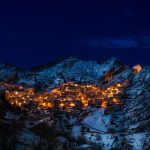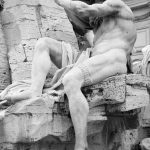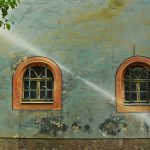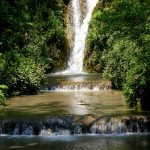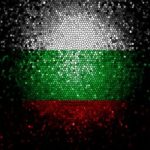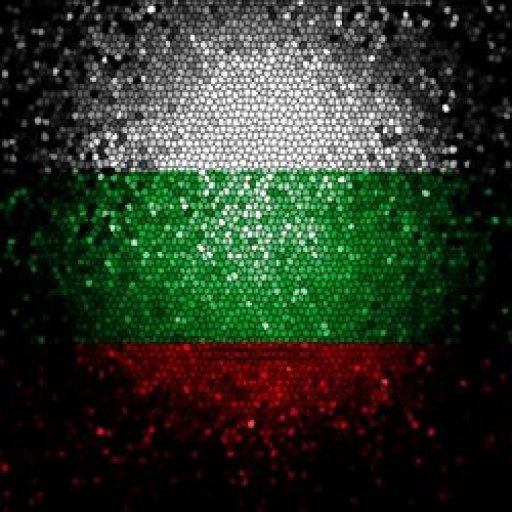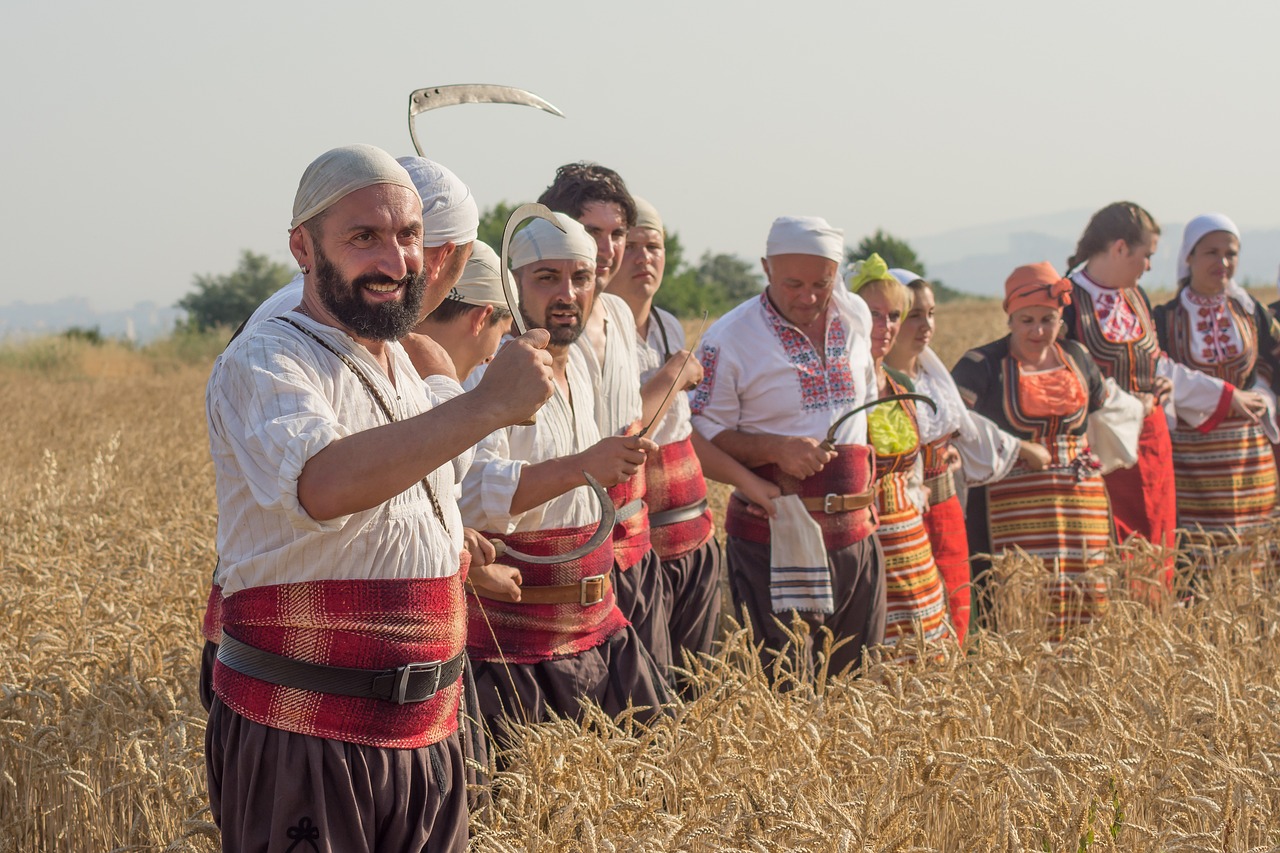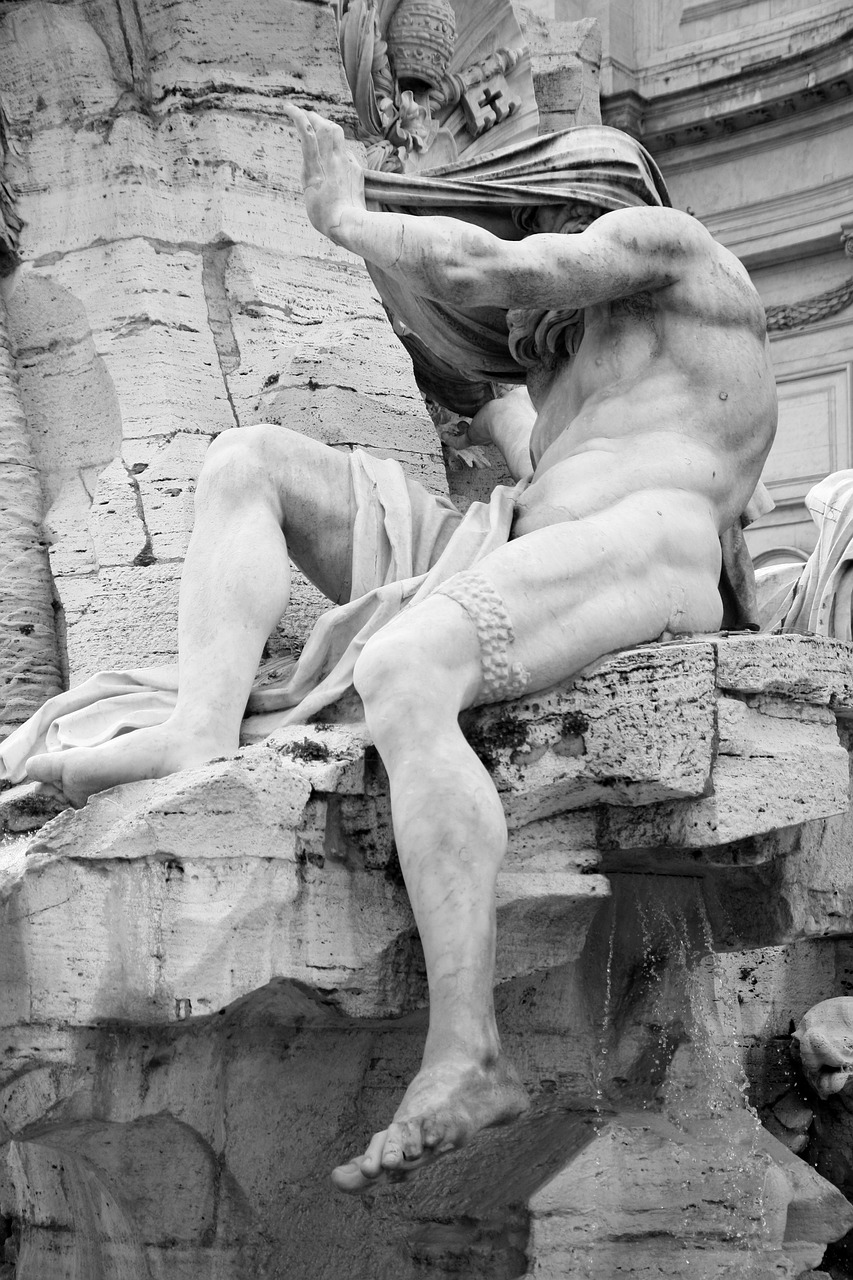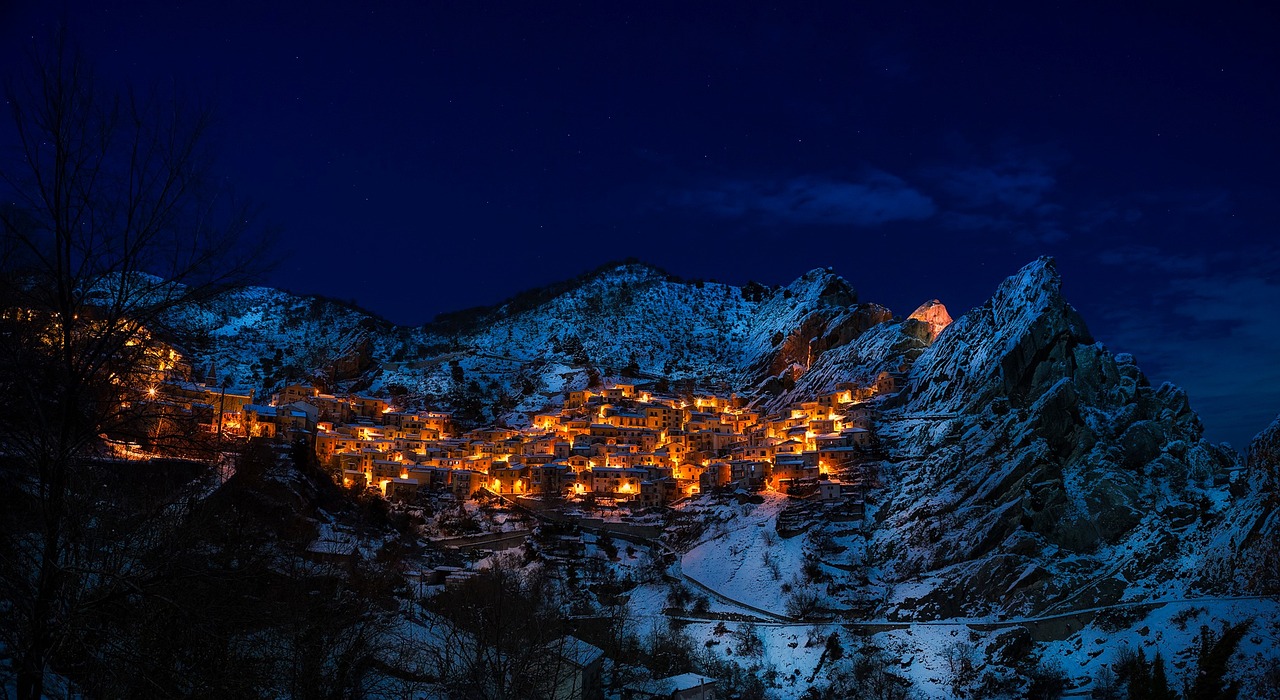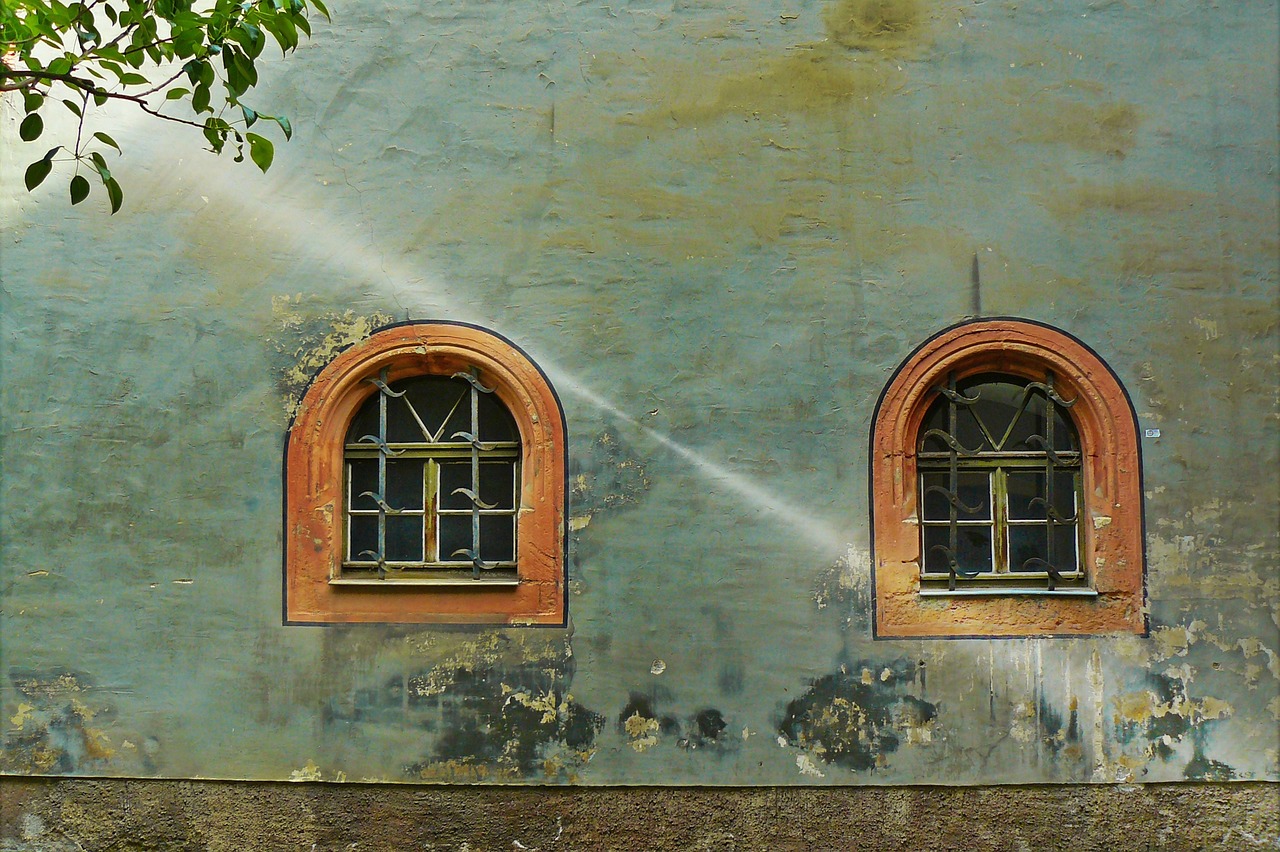Nestled in the picturesque landscape of Vratsa, Northern Bulgaria, lies a treasure trove of history and culture – the Vratsa Regional History Museum. Like a time capsule, this museum offers a captivating journey through the epochs, providing a window into the rich heritage of the region. Established in 1953, the museum showcases its diverse exhibits in several buildings and complexes, each offering a unique perspective on the past. From the Prehistory Hall, where the development of human societies is unveiled, to the Middle Ages Hall, which immerses visitors in the cultural and historical heritage of medieval Bulgaria, the museum leaves no stone unturned. Moreover, the Thracian Treasures Hall and the Rogozen Treasure captivate with their ancient allure, while the open-air exhibition lapidarium showcases remarkable stone sculptures and monuments. With informative lectures and a wealth of artifacts, the Vratsa Regional History Museum beckons history enthusiasts and curious tourists alike to explore the captivating narrative of our past.
Key Takeaways
- Vratsa Regional History Museum is located in Vratsa, Northern Bulgaria.
- The museum consists of several buildings and complexes, including the Nikola Voyvodov Ethnographic-Revival Complex and the St. Sophronius of Vratsa Ethnographic-Revival Complex.
- The museum houses various exhibitions showcasing the development and achievements of human societies from ancient times to the Roman Age, artifacts from the Roman and early Byzantine Ages, and the cultural and historical heritage of the Vratsa Region in medieval Bulgaria.
- The museum also features the Thracian Treasures Hall, displaying treasures discovered at Mogilanska Tumulus, and the Rogozen Treasure Hall, showcasing the biggest Thracian treasure discovered in Bulgaria.
Main Building and Exhibitions
The main building of the Vratsa Regional History Museum houses various exhibitions, including the Archaeology Section, the Prehistory Hall, the Antiquity Hall, the Middle Ages Hall, the Thracian Treasures Hall, the Rogozen Treasure Hall, the Lapidarium, the History of Bulgaria 15th – 19th Centuries Hall, Botevs Hall, and the Stone Rainbow Hall. These exhibits showcase the development and achievements of human societies from ancient times to the Roman Age, artifacts from the Roman and early Byzantine Ages, the cultural and historical heritage of the Vratsa Region in medieval Bulgaria, treasures discovered at Mogilanska Tumulus, including the Rogozen Treasure, examples of the Vratsa Literary, Icon-Painting, and Goldsmithery School, and a collection of 1000 mineral, rock, and fossil specimens. The interactive exhibits provide an engaging experience for visitors to learn about the historical significance of these artifacts and the region’s rich heritage.
Ethnographic-Revival Complexes
Located within the premises of the Vratsa Regional History Museum, the Nikola Voyvodov Ethnographic-Revival Complex and the St. Sophronius of Vratsa Ethnographic-Revival Complex provide visitors with a glimpse into the cultural tapestry of Vratsa and its surrounding region, like two intricate threads woven together to create a vibrant and captivating narrative.
| Nikola Voyvodov Complex | St. Sophronius Complex | |
|---|---|---|
| Location | Adjacent to the main building of the museum | Within the museum complex |
| Purpose | Showcasing the traditional lifestyle and crafts of the region | Displaying the religious and cultural heritage of Vratsa |
| Exhibits | Traditional houses, workshops, and tools | Iconostasis, religious artifacts, and items from the Orthodox Church |
| Cultural Significance | Preserving the local customs and traditions | Highlighting the religious importance in the history of Vratsa |
| Interactive Experience | Visitors can participate in workshops and demonstrations | Guided tours provide insights into the history and significance |
These two complexes offer a unique opportunity for visitors to immerse themselves in the rich cultural heritage of Vratsa and gain a deeper understanding of the region’s history. Whether exploring the traditional lifestyle and crafts depicted in the Nikola Voyvodov Complex or delving into the religious and cultural significance of the St. Sophronius Complex, visitors are sure to be captivated by the intricate narratives woven within these ethno-revival treasures.
Treasures and Artifacts
Showcasing a diverse range of treasures and artifacts, the Vratsa Regional History Museum offers visitors a fascinating glimpse into the historical and cultural significance of the region. Here are four highlights from the museum’s collection:
-
Thracian Treasures: The museum houses an impressive collection of Thracian treasures, including gold wreaths, earrings, and a unique gold-plated silver greave. These artifacts provide valuable insights into the rich cultural heritage of the Thracian civilization.
-
Rogozen Treasure: Displayed in a specially equipped hall, the Rogozen Treasure is the largest Thracian treasure discovered in Bulgaria. It consists of exquisite silver vessels and artifacts, adorned with intricate designs and symbols.
-
Medieval Artifacts: The Middle Ages Hall exhibits the cultural and historical heritage of the Vratsa Region in medieval Bulgaria. Visitors can admire examples of the Vratsa Literary, Icon-Painting, and Goldsmithery School, showcasing the artistic achievements of the period.
-
Lapidarium: The open-air exhibition features a collection of funeral stelae, columns, stone sculptures, and epigraphic monuments. This outdoor display allows visitors to appreciate the architectural and artistic craftsmanship of ancient civilizations.
The museum’s conservation efforts ensure that these historical treasures are preserved for future generations to appreciate and study.
Lapidarium and Open-air Exhibition
Featuring a collection of funeral stelae, columns, stone sculptures, and epigraphic monuments, the open-air exhibition at Vratsa Regional History Museum provides visitors with an opportunity to admire the architectural and artistic craftsmanship of ancient civilizations. This interactive display showcases the historical significance of these artifacts, allowing visitors to learn about the cultural and historical heritage of the Vratsa region. The open-air exhibition includes a diverse range of objects, such as the mosaic of Galatin Village, which offers a glimpse into the artistic techniques of the past. Additionally, the exhibition features funeral stelae, providing insights into ancient burial practices, and stone sculptures that depict various mythological and historical figures. The inclusion of epigraphic monuments further enhances the educational experience, allowing visitors to decipher ancient inscriptions and gain a deeper understanding of the region’s history.
| Funeral Stelae | Columns | Stone Sculptures |
|---|---|---|
 |
 |
 |
Visitor Information and Recommendations
With its extensive collection of historical artifacts and informative exhibits, the Vratsa Regional History Museum offers visitors a captivating journey through time and a deep understanding of the region’s cultural evolution. The museum provides a range of visitor services, including guided tours and lectures in multiple languages, ensuring that guests have a fulfilling and enriching experience. Additionally, the museum’s location in Vratsa offers easy access to several nearby attractions. Visitors can explore the stunning natural beauty of the Vratsa Balkan Nature Reserve or venture into the depths of the Ledenika Cave. The Ethnographic Museum in Berkovitsa and the Strupets Monastery are also worth a visit for those interested in the region’s rich heritage. With its wealth of historical and natural wonders, Vratsa is an ideal destination for those seeking freedom and exploration.
Frequently Asked Questions
What is the significance of the Nikola Voyvodov Ethnographic-Revival Complex and the St. Sophronius of Vratsa Ethnographic-Revival Complex?
The Nikola Voyvodov Ethnographic-Revival Complex and the St. Sophronius of Vratsa Ethnographic-Revival Complex hold cultural and historical significance. They provide insights into the traditional way of life, customs, and crafts of the Vratsa region, preserving and promoting its rich heritage.
Can you provide more information about the Rogozen Treasure, including its historical and cultural significance?
The Rogozen Treasure, displayed in the Nikola Voyvodov Ethnographic Revival Complex, holds historical significance as the largest Thracian treasure found in Bulgaria. Its cultural significance is showcased in the Stone Rainbow Hall, along with the museum’s collection of minerals, rocks, and fossils. The museum provides access to a virtual map and photos, as well as special events and temporary exhibitions.
What are some of the notable features of the Stone Rainbow Hall and its collection of minerals, rocks, and fossils?
Notable features of the Stone Rainbow Hall at Vratsa Regional History Museum include its diverse collection of minerals, rocks, and fossils, with specimens from Bulgaria, Europe, America, Asia, and Africa. The hall showcases over 1000 specimens, including precious and semiprecious stones.
How can visitors access the virtual map and photos of the museum that are available on the website?
Visitors can access the virtual map and photos of the museum through the museum’s website. The website provides a virtual tour access, allowing visitors to explore the museum remotely, and an online photo gallery showcasing the museum’s exhibits and collections.
Are there any special events or temporary exhibitions that the museum regularly hosts?
Special events and temporary exhibitions are regularly hosted by the Vratsa Regional History Museum. These events showcase various themes and topics and provide visitors with the opportunity to explore different aspects of the region’s rich heritage.
